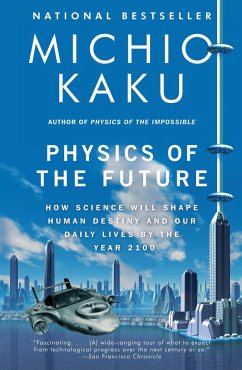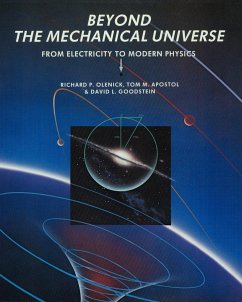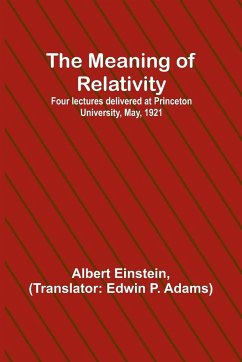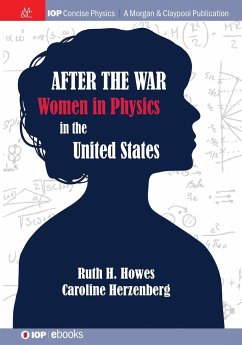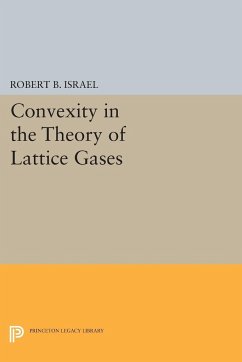
The Book of Physics
Volume 1
Versandkostenfrei!
Versandfertig in 1-2 Wochen
21,99 €
inkl. MwSt.

PAYBACK Punkte
11 °P sammeln!
In this book, the great history of physics discoveries is traced, starting from the scientific revolution of Galileo and Newton to the physics of today and the near future. The understanding of physics is approached both from a theoretical point of view, expounding the definitions of each particular field and the assumptions underlying each theory, and on a practical level, going on to solve more than 350 exercises related to physics problems of all sorts. The approach to physics is given by progressive knowledge, exposing the various chapters in a logical order so that the reader can build a ...
In this book, the great history of physics discoveries is traced, starting from the scientific revolution of Galileo and Newton to the physics of today and the near future. The understanding of physics is approached both from a theoretical point of view, expounding the definitions of each particular field and the assumptions underlying each theory, and on a practical level, going on to solve more than 350 exercises related to physics problems of all sorts. The approach to physics is given by progressive knowledge, exposing the various chapters in a logical order so that the reader can build a continuous path in the study of that science. The entire book is divided into five distinct sections: classical physics, the scientific revolutions that took place in the early twentieth century, physics of the microcosm, physics of the macrocosm, and finally current problems that are the starting point for the physics of the future. The paper stands as an all-encompassing work concerning physics, leaving out no aspect of the many facets it can take on.





